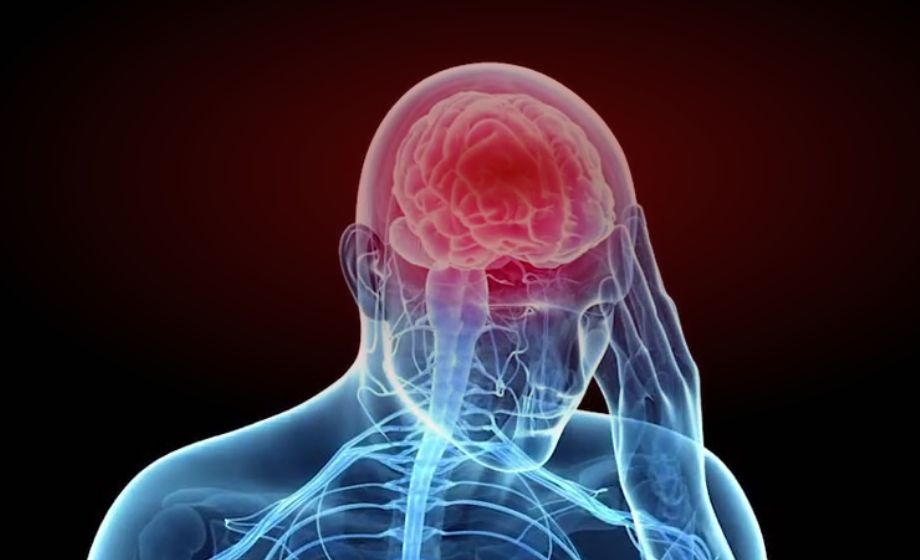Q&A Report: Multimodal Behavioral Assessment After Experimental Brain Trauma
Can you comment on how many behavioral tests you have done and the function of each test is testing? Which behavioral tests are most useful to tell TBI mice model vs controls?
C.Bondi: We are routinely implementing tests of attention (three choice serial reaction test, attentional set shifting test, instrumental learning test), as well as tests of anxiety (open field and elevated plus maze, shock probe defensive burying tests). No one test fits all, but rather we aim to mimic clinical features of cognitive impairment and depressive-like symptoms by performing multiple tests after TBI and observing common denominators across experiments.
The effect of milnacipran is very interesting. Is it already prescribed in TBI patients, including young patients?
C.Bondi: There are some clinical trials but they are fairly small and not conclusive aside from some reported positive findings. Particularly due to the fact that the mechanism of action is promising and clinicians do not prescribe this drug on a regular basis, we wanted to investigate its effects after TBI.
Have you used these impressive tasks after concussion injury?
C.Bondi: We are currently implementing repeated pediatric concussive injury and testing animals during adolescence. Interestingly, we see similar results in instrumental learning as those observed after controlled cortical impact injury.
What is the grade of the injury in this experiment (mild, severe)?
C.Bondi: We implemented both mild and moderate/severe and observed that the latter rendered more pronounced deficits.
Do you have any information on the effects of group housing vs single housing on TBI testing?
C.Bondi: My colleague, Dr. Anthony Kline, has previously demonstrated numerous times that enriched environment is beneficial after TBI. When housing group vs standard was assessed, group housing was partially beneficial but not as pronounced as enriched environment as a whole.
Based on the anatomy that you presented initially, involving frontal subareas, how was damage to the parietal cortex producing specific impairments in set-shifting?
C.Bondi: Since brain regions do not act in isolation, a moderate/severe hit to the parietal area likely disturbs structures below that are intimately connected with innervating prefrontal function, as well as are part of top-down control of cognitive function.
Did you observe spontaneous seizures in animals submitted to CCI? Is there any form to avoid that?
C.Bondi: It is rare, but it can occasionally happen. It is not life threatening and we make note of the event if it happened during experimentation. The rat would get the day off to avoid a possible confound.
Did you take individual susceptibility of your subjects to unspecific stress into account during their performance in behavioral tasks? And would you expect significant differences in performance in a stress-reducing approach (e.g., a home cage-based 5-CSRTT)?
C.Bondi: Animals are handled daily and their wellness is checked. They become comfortable with the experimenters without outwardly stress-like responses. Of course, a home cage based operant test would be interesting and add another level of reducing confounds, but we are not set up for it.
What about anhedonia, behavioral despair or learned helplessness? Have any of those been examined?
C.Bondi: We assessed anhedonia in one experiment and did not find any differences after parietal TBI.
